Posted on 29th November 2022 by Media Relations
Taronga Sanctuary releases endangered Chuditch in South Australia to bolster wild populations.
Taronga Conservation Society Australia has released 15 endangered Chuditch from Taronga Western Plains Zoo in Dubbo into the Vulkathunha-Gammon Ranges National Park in South Australia – a significant milestone for the species which is now extinct in four states and territories. The release is the first Chuditch translocation for Taronga and comes a mere eight months after commencing the conservation breeding program in Dubbo.
Specialist Keepers and Conservation Officers from Taronga accompanied the cohort of carefully selected Chuditch (also known as idnya or western quolls) via chartered flight to the release site in the Vulkathunha-Gammon Ranges National Park, more than 600km from Adelaide.
Working collaboratively with Department for Environment and Water Conservation Ecologists based in South Australia, the teams successfully attached VHF radio tracking collars to a selection of individuals before releasing all 15 into the 1,257 km2 protected habitat during nightfall.
“The mixed-age cohort of 15 individuals were carefully selected from the conservation breeding program to ensure we inject genetically robust and diverse individuals into the newly established wild population in South Australia,” explained Taronga Wildlife Conservation Officer, Rachael Schildkraut.
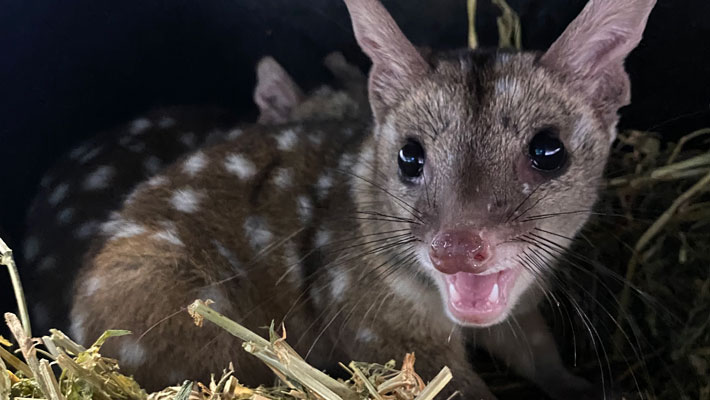
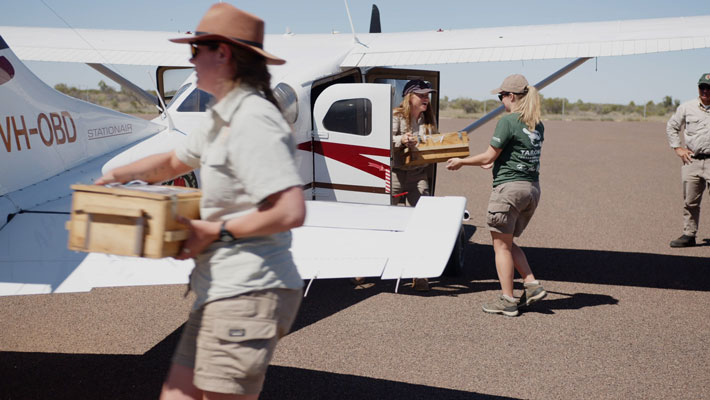
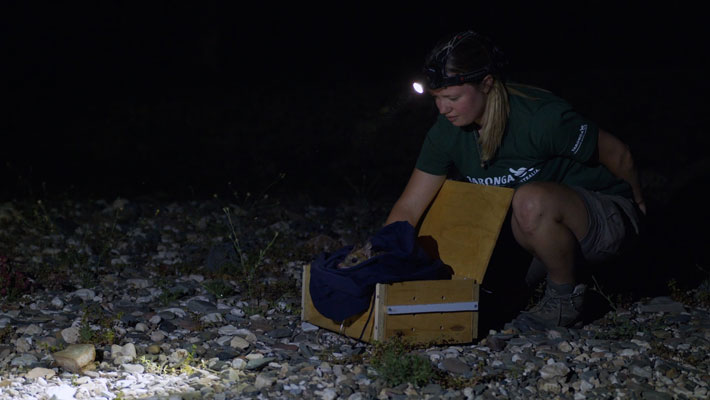
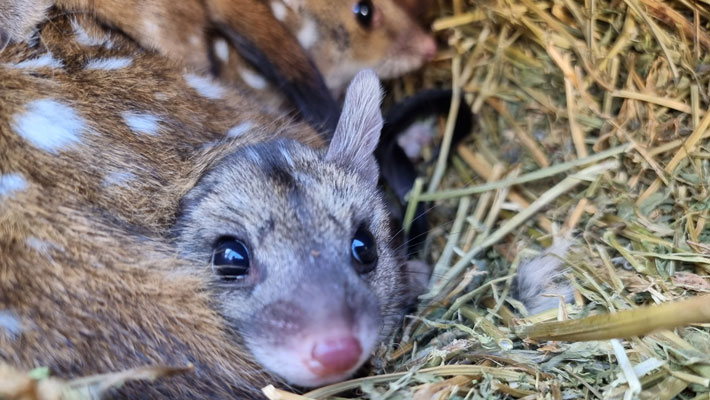
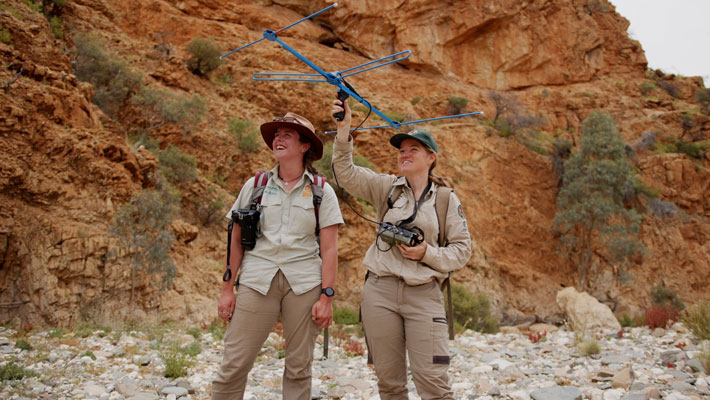
Chuditch are one of the top 20 priority mammals listed under the Federal Threatened Species Strategy with the species range reduced to five per cent of its former distribution. Taronga’s Chuditch conservation breeding program was established in the Taronga Sanctuary in Dubbo in April 2022 and had an extremely successful first breeding season with 14 joeys reaching sexual maturity from just three breeding pairs.
“While this release is extremely significant, there are at least eight sites marked for reintroduction across Australia, so a cohort of genetically diverse individuals will be retained in the Taronga Sanctuary to continue the breeding program, meet demands for future releases and re-establish populations in areas where they are locally extinct,” explained Schildkraut.
The newly established population in the Vulkathunha-Gammon Ranges National Park in South Australia is a multi-organisational conservation collaboration between Department for Environment and Water and Taronga Conservation Society Australia, with support from partner organisations the Foundation for Australia’s Most Endangered Species, the South Australian Arid Lands Landscapes Board and Australian Government, and brings this endangered top-order predator back to where it once roamed.
Department for Environment and Water Senior Conservation Ecologist Rob Brandle said that the translocation and release of western quolls is a key part of Australia’s longest running biodiversity program, Bounceback.
“Bounceback, now in its 30th year, plays a critical role in threatened species recovery and native species reintroduction in South Australia’s arid ranges. The reintroduction of the western quoll has been so successful in the Flinders Ranges that it has been possible to expand its reintroduction to the Vulkathunha-Gammon Ranges National Park,” said Brandle.
“This is the second time that we have released western quolls into the national park this year, and the addition of these genetically diverse individuals is a major step towards improving its conservation status.”
“While there are no quick fixes to rebuilding populations, the VHF radio tracking collars will allow us to collect data, monitor changes to the ecosystem and carry out long term planning of how we can best sustain the species.”
Chuditch are large, high-order carnivorous marsupials, with a short life span of only three to four years. They are one of the four species of quolls in Australia and are generally solitary outside of the breeding season, which commences in May, with birthing expected between May-September. Chuditch have a short gestation of only 17-18 days and are supernumerary breeders producing up to 50 foetuses, of which up to six can survive.
Taronga’s Manager of Conservation, Recovery and Restoration Programs Andrew Elphinstone said: “This release is significant, not just for Chuditch populations, but because it demonstrates the speed at which conservation breeding programs for species can be enacted in times of need. In this instance, Taronga was able to draw on the skills refined in carrying out other landmark conservation breeding programs in the Taronga Sanctuary to establish, breed and release Chuditch in less than seven months,” said Elphinstone.
Taronga’s CEO Cameron Kerr AO said: “The speed and pace at which this conservation breeding program has taken shape is an absolute testament to the skillset of those involved, their understanding of Chuditch and their dedication to prevent extinctions. While our environment sits in a more precarious state than ever before, I am heartened and proud to see the progress that can be made by the Taronga team and their conservation collaborators in times of need”.
The conservation breeding program has been made possible through The Kinghorn Foundation and is situated in the 110ha Taronga Sanctuary, located behind-the-scenes at Taronga Western Plains Zoo, Dubbo.
For more information visit www.taronga.org.au/dubbo